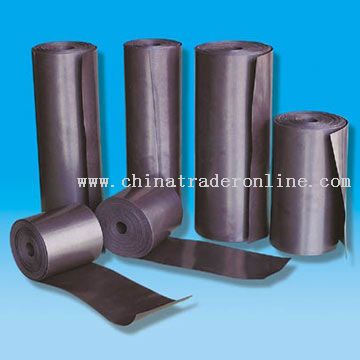The techniques uses a liquid (uncured) rubber containing suspended magnetic particles. The rubber compound is applied to the area to be inspected on a magnetized component. Inspections can be performed using either an applied magnetic field, which is maintained while the rubber sets (active field), or the residual field from magnetization of the component prior to pouring the compound. A dam of modeling clay is often used to contain the compound in the region of interest. The magnetic particles migrate to the leakage field caused by a discontinuity. As the rubber cures, discontinuity indications remain in place on the rubber.
The rubber is allowed to completely set, which takes from 10 to 30 minutes. The rubber cast is removed from the part. The rubber conforms to the surface contours and provides a reverse replica of the surface. The rubber cast is examined for evidence of discontinuities, which appear as dark lines on the surface of the molding. The molding can be retained as a permanent record of the inspection.
Magnetic rubber methods requires similar magnetizing systems used for dry method magnetic particle tests. The system may include yokes, prods, clamps, coils or central conductors. Alternating, direct current, or permanent magnets may be used to draw the particles to the leakage fields. The direct current yoke is the most common magnetization source for magnetic rubber inspection.











0 komentar:
Posting Komentar